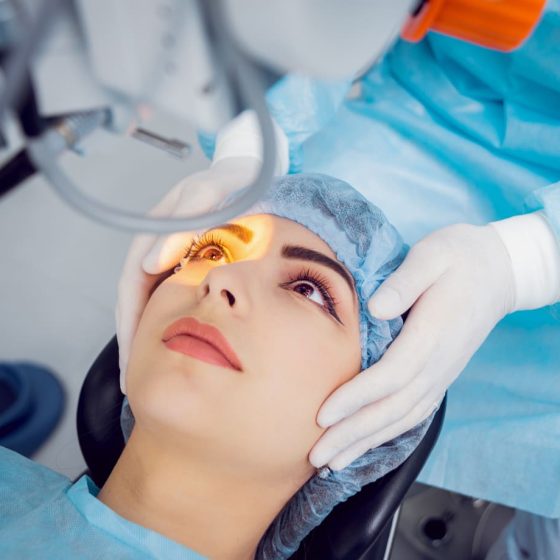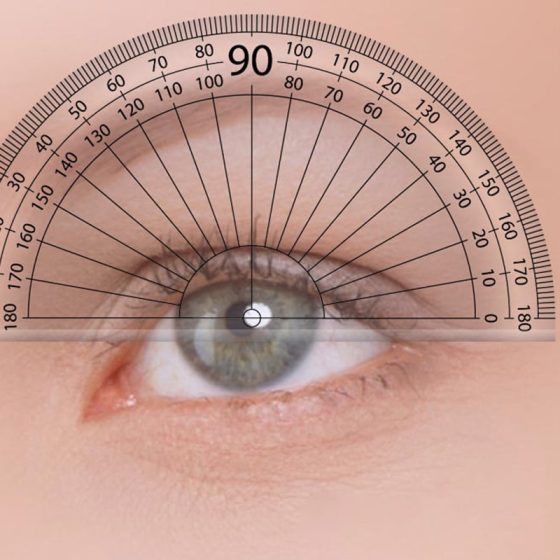Short-sightedness (myopia)
What is short-sightedness? Short-sightedness (also known as myopia) is a common eye condition that causes distant objects to appear blurred. Someone with myopia can achieve good vision with prescription glasses, contact lenses or laser surgery. Short-sightedness usually first appears in childhood. How is short-sightedness caused? When light enters the eye, it is bent by the cornea (the clear layer on the front of the eye) and the lens. If you have normal vision, the light waves are brought into focus right on the retina, the layer at the back of the eye. If you are short-sighted, the light waves from





